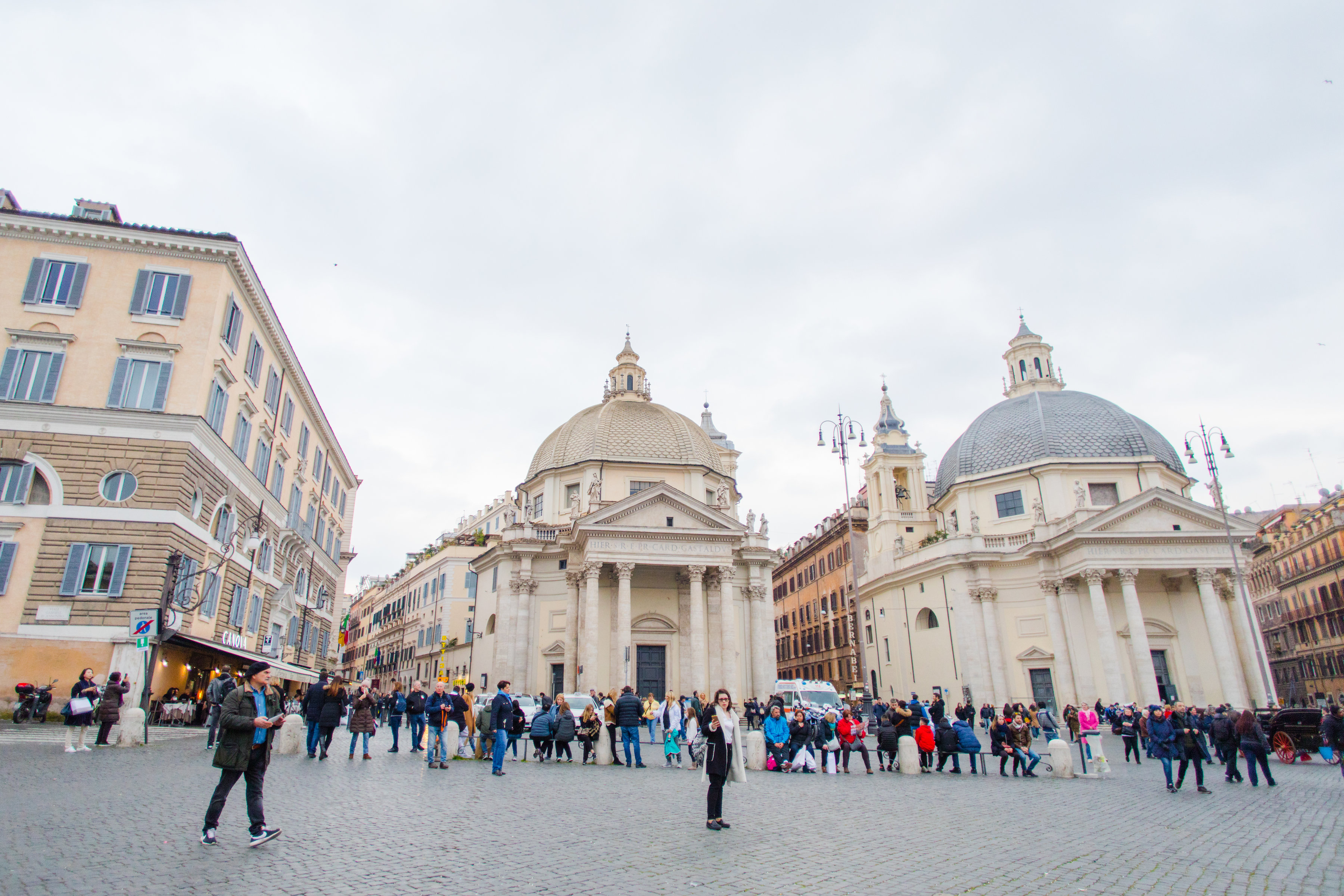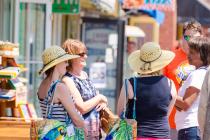Ancient Roman Roads Aid the Spread of the Gospel

Early Christian leaders like Peter and Paul ministered in Rome, and the city may have had as many as one million residents by the midpoint of the first century, serving as a vibrant center of commerce and government with far-reaching influence.
Throughout the first decades of the early Church—as the story of Jesus Christ reached beyond Jerusalem and took root among Gentile travelers and merchants—Rome became the epicenter of this growing faith.
The early Church thrived in this melting pot. Early believers gathered in hidden rooms and private homes, worshiping the true God together despite the polytheistic, pagan culture surrounding them. Thousands of these disciples called the city home.
Many citizens were receptive to the message of the Gospel and, of course, their devotion to Jesus superseded their allegiance to the Empire. Infuriated by this, pagan leaders, like Nero, began persecuting and killing believers who fled, using the safe travel provided by Roman roads to escape quickly and efficiently.
This diaspora led to the spreading of the Gospel worldwide. If you are a non-Jewish believer reading this article, you are a direct result of this movement of Jesus’ followers!
On our guided vacations, we retrace many of these paths into Rome and visit historically significant sites. The glory of God’s faithfulness enhances the magnificence of these sites. A Christian tour highlights the details of the early Church, preserved in the layers, written in stone and captured in the cultural artifacts.
Here are a few of our favorite sites where the inspiring story of Rome’s earliest believers unfolded:
- The Colosseum: A massive 1st-century amphitheater where thousands of spectators gathered to watch gladiators and blood sports—a heart-wrenching reminder of Rome’s violent, pagan past.
- The Basilica of San Clemente: This ornate 12th-century cathedral stands above the ruins of an early, underground church that met in a wealthy convert’s home.
- The Basilica of St. Paul (Outside the Walls): The second-largest basilica in Rome and, traditionally, the burial site of the Apostle Paul.
- The Pantheon: A spectacular 2nd-century pagan temple dedicated to Roman deities, now in use as a Christian church.
- The Catacombs: A miles-long system of underground tunnels contains the remains of martyrs, church leaders and other followers of Christ.
- Mamertine Prison: The remains of this ancient jail lie beneath the chapel San Giuseppe dei Falegnami. Peter and Paul may have been executed for their faith in this prison.
- The Arch of Titus: Located near the Roman Forum, this carved arch shows Roman soldiers looting the Temple during the siege of Jerusalem in 70 A.D.—an event Jesus foretold.
- St. Peter’s Basilica/Square: While many tour guides highlight martyrdom at the Colosseum, it's likely many more Christians were killed at Nero's Circus—which was located at the site of St. Peter's. Some traditions hold that Peter's remains rest here.
For Christians, Rome is a bucket-list destination rich in history, culture, and profoundly moving stories. These experiences will shape your faith for the rest of your life.






